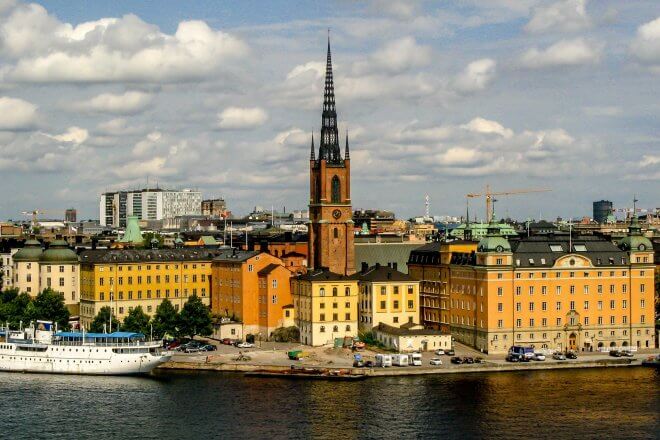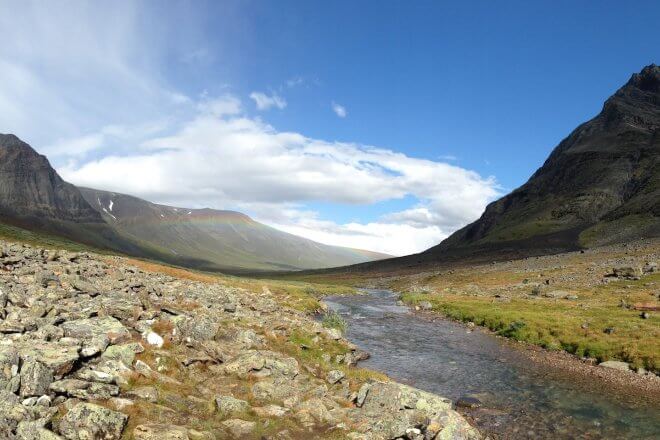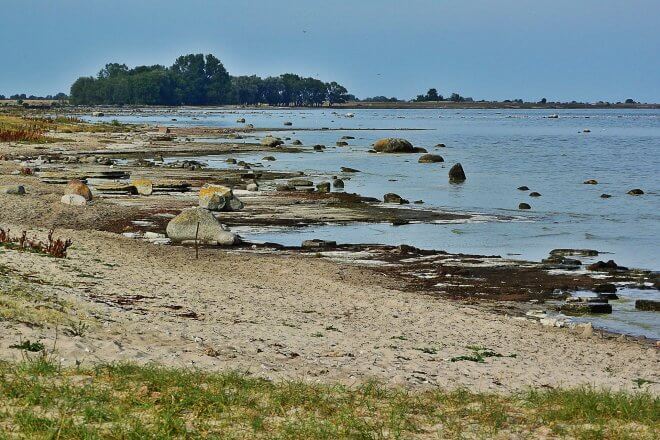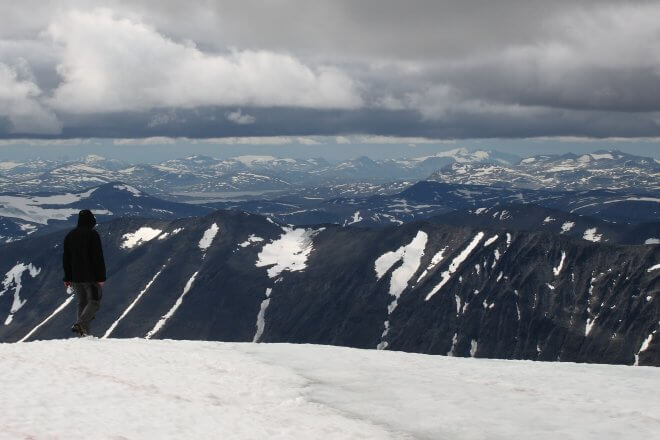Alternative Travel Index Rank: #11
Sweden also ranks 8th in the Top 10 Eco Travel Destinations
Excels in environment protection and electricity supply
Population and tourists density at peak season: 24 (low)
Sweden is the largest of the Scandinavian states and the third-largest country in the European Union by area, with a total population of over ten million, mostly concentrated in urban areas. It borders Norway and Finland and is connected to Denmark via the Öresund Bridge. The northernmost part of Sweden belongs to the Arctic. It’s a peaceful, open, yet discreet country with an advanced welfare state and a very high standard of living and life expectancy. Nearly 97% of its territory is uninhabited and 84% is made of parks and other protected areas.
Travel Costs
Sweden ranks #134/141 for price competitiveness in Justraveling’s Alternative Travel Index. Average travel costs per day: $87 (backpacker) – $292 (mid-range). Cheapest Swedish cities: Jönköping, Lund, Malmö. Most expensive Swedish cities: Västerås, Stockholm, Karlskrona.
Best Time to Go
May-Sep is the best time to go to Sweden, when the country enjoys a warmer continental climate. If you like snow, go to Norrland or Dalarna in January to April. Be aware that daylight varies greatly during the year.
Places to Visit
Famous for its beauty and the amazing archipelago, Stockholm is Sweden’s capital and largest city. In addition, Stockholm offers a unique nightlife scene and it is home to some of Northern Europe’s best restaurants.
Kullaberg is a nature reserve in the southernmost province of Scania. It’s an area of considerable biodiversity supporting a number of rare species and offers great climbing and hiking opportunities. It is also home to a controversial series of giant driftwood sculptures and a related micronation named Ladonia.
Sandskär is the largest island in the Haparanda Archipelago National Park. Once used as a base for fishing Baltic herring and hunting seals, the island provides a varied habitat for over two hundred bird species.
Bergslagen, is a historic Swedish region, rich in copper and iron ore since the Middle Ages. It hosts Falun and Fagersta (World Heritage sites), Mälaren lake and Färnebofjärden park, very appreciated by nature, hiking and fishing enthusiasts.
Öland is the second largest island in Sweden. Known for its peculiar alvar landscape and the numerous writers living there, it features prehistoric sites, such as Gettlinge and Eketorp, old wooden windmills, and a diverse fauna.
Jönköping is by many Swedes referred to as the “Jerusalem of Sweden” or “The Pearl of the Lake”, due to the town’s location by the southern tip of Europe’s 6th largest lake and the many churches of different religions.
Travel Ideas and Things to Do
The King’s Trail (Kungsleden) is a legendary hiking route of about 440 km, that stretches from Abisko to Hemavan, crossing the country from north to south. It passes through the Vindelfjällen Nature Reserve, one of the largest protected areas in Europe. During winter it’s a ski trail. More info here.
Explore Swedish Lapland, one of the few remaining areas of true wilderness in Europe. With an eco adventure you’ll travel through this incredible region in the most responsible and sustainable way, enjoying its unique environment.
More active travel ideas for your next trip can be found in the Hiking Series. Check out these five routes to enjoy an awesome day hike in Sweden.
This Travel Guide is a work in progress. Improve it with a Swedish touch!
- Browse All European Destinations
- World’s Best Alternative Travel Destinations
- Trip Planning: Inspiration, Budget, Flights, Accommodations, Tools
Sources: some text excerpts from Wikitravel & Wikipedia; travel cost data from Numbeo.




